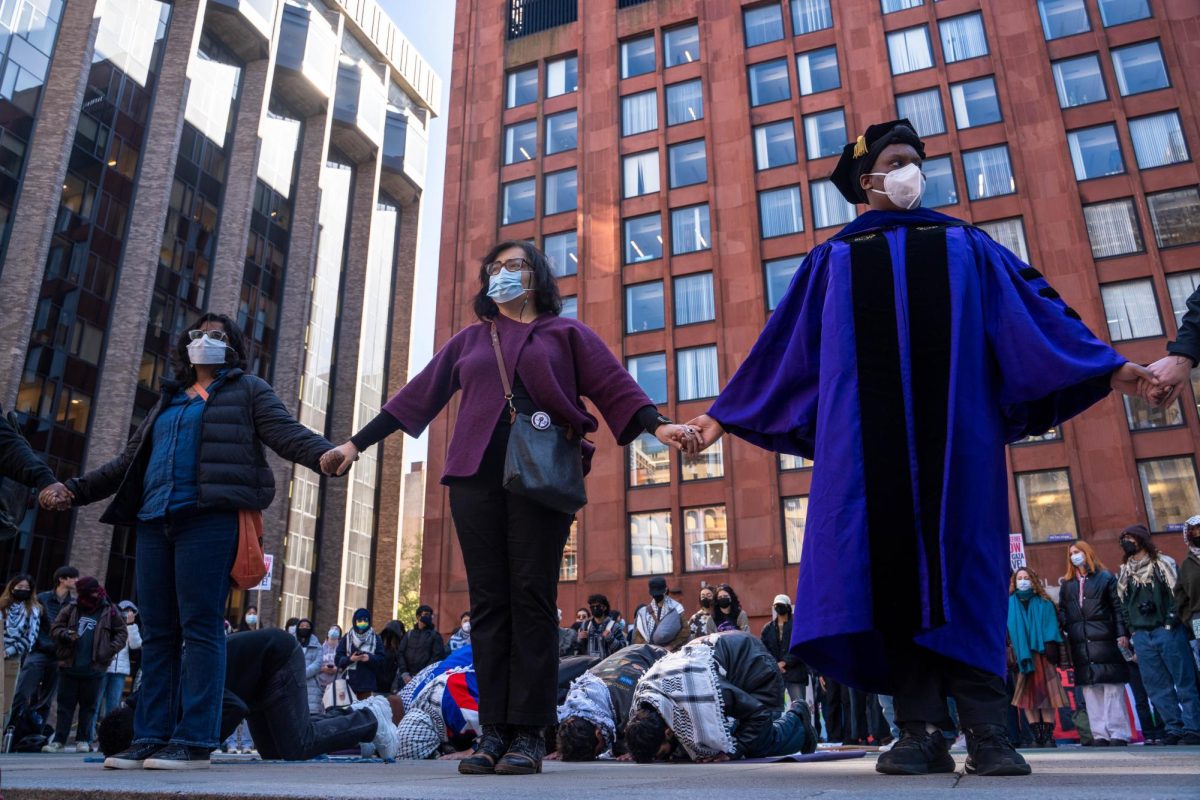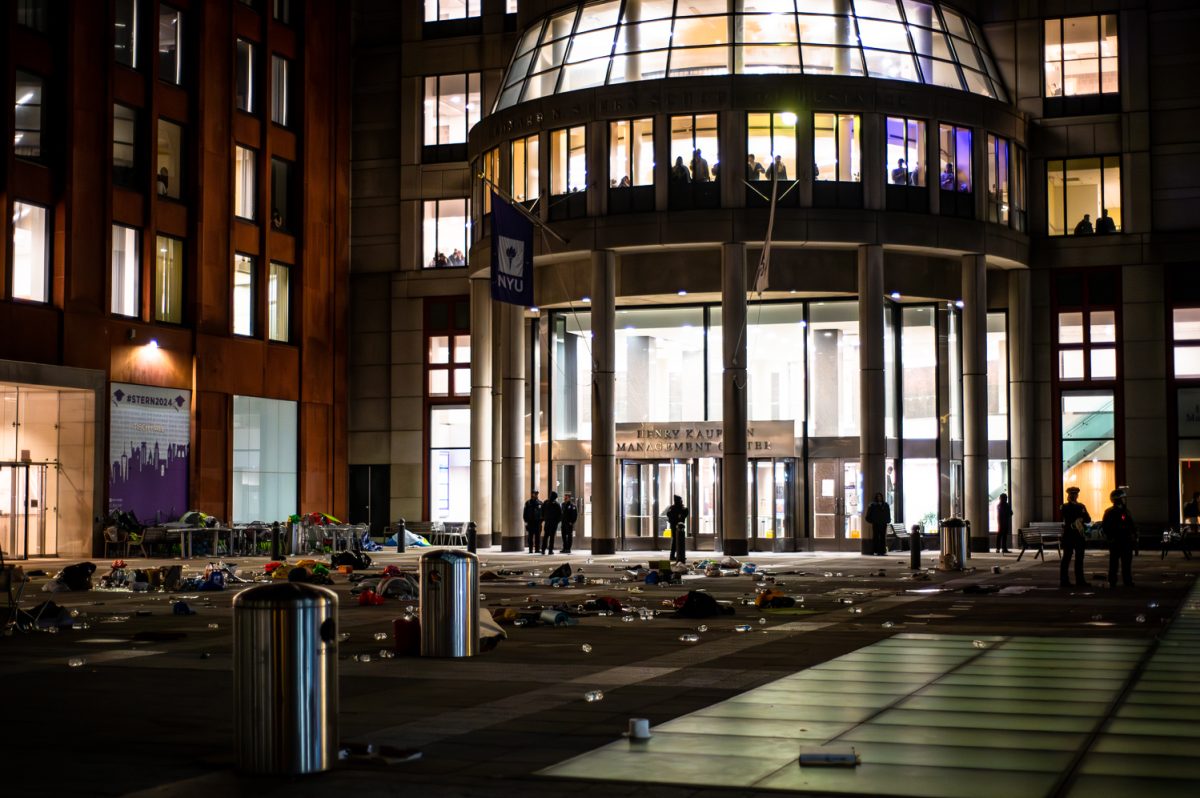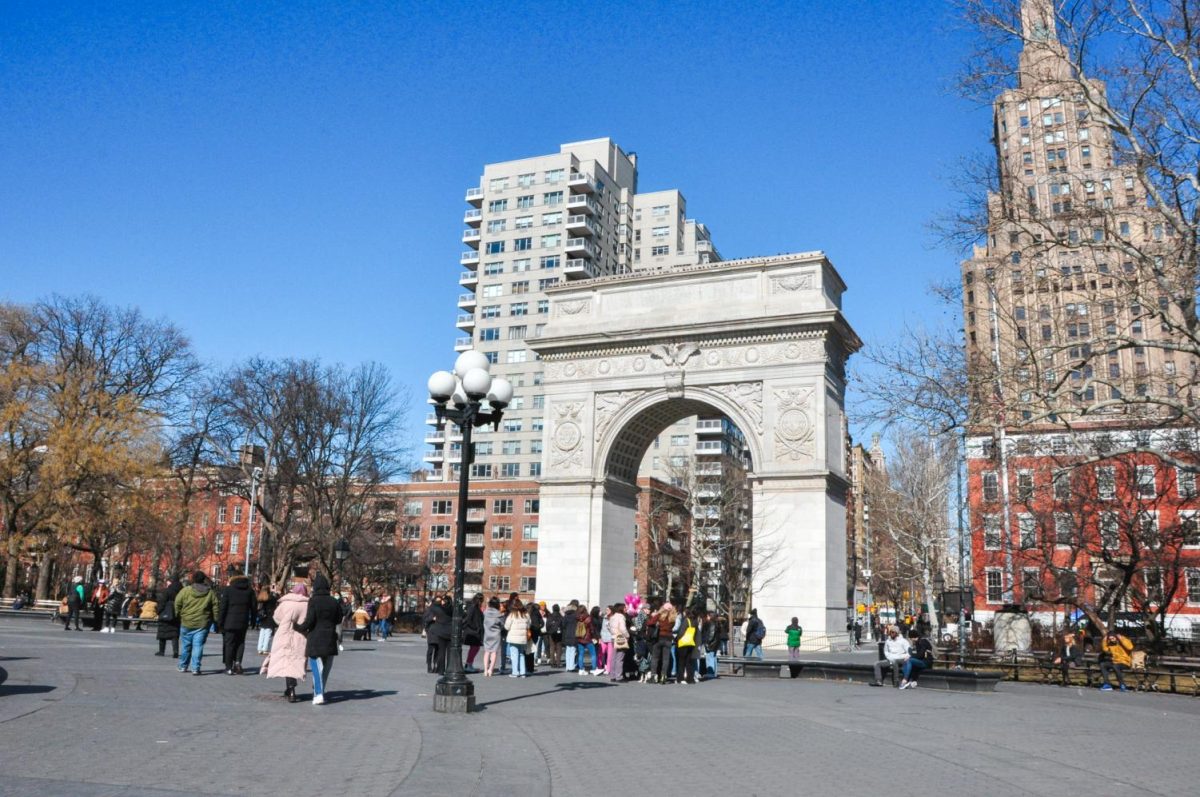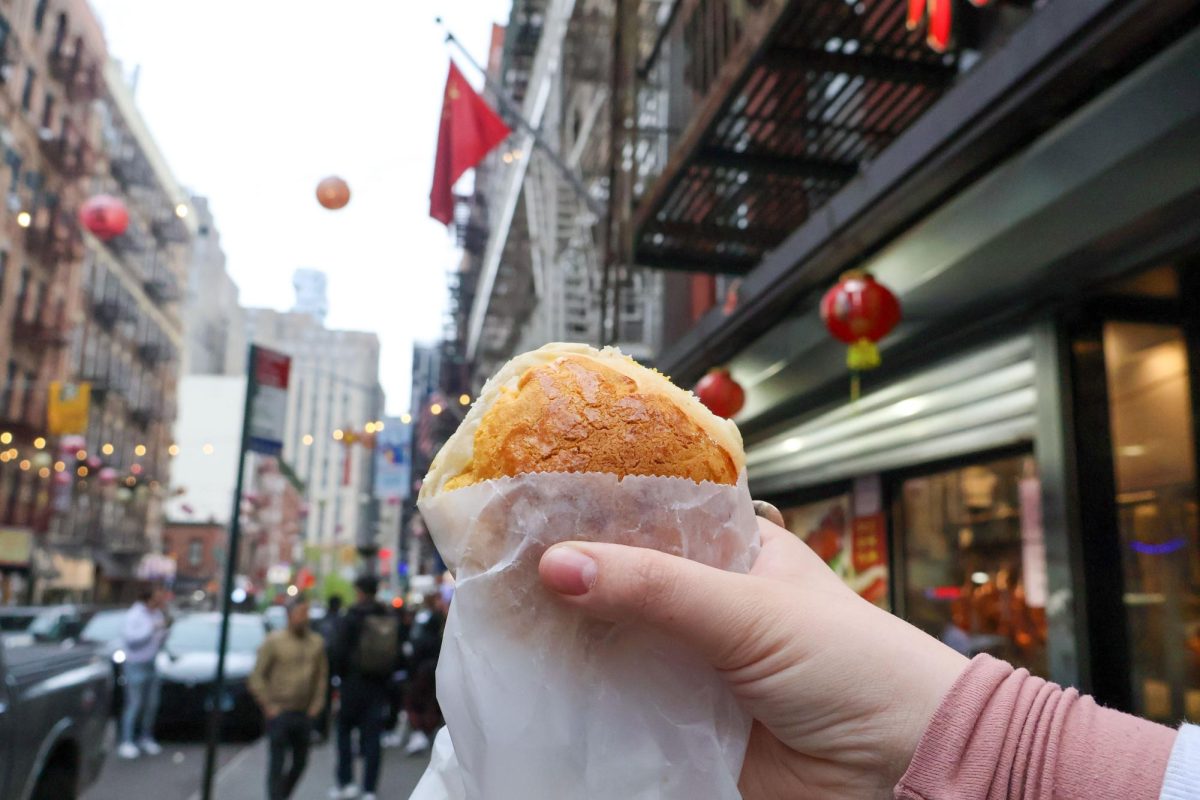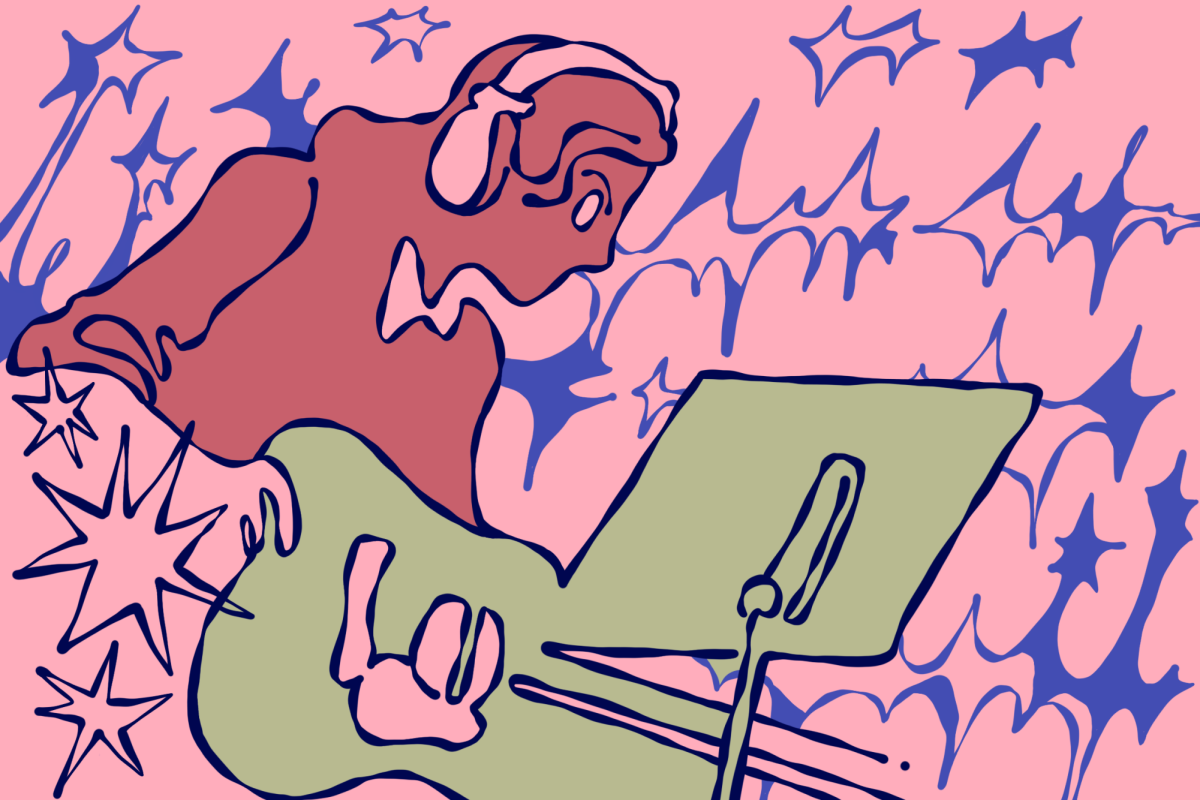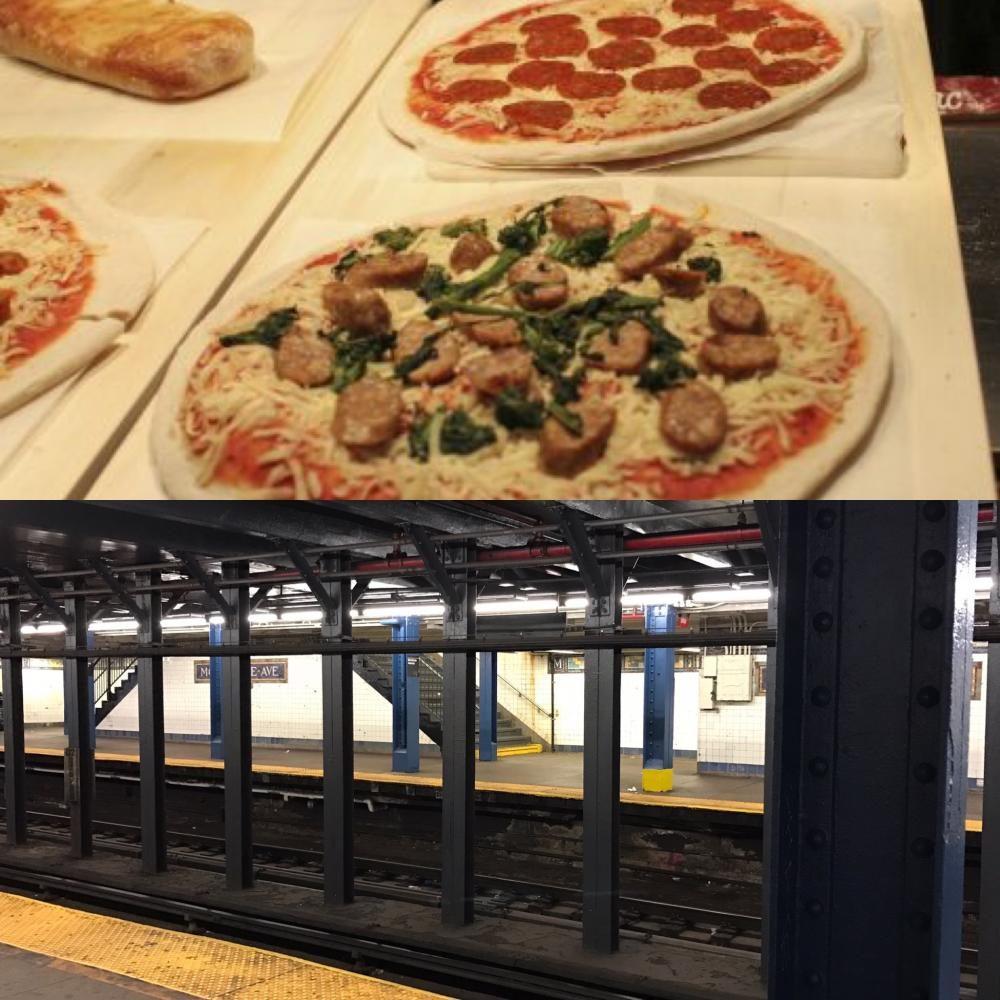The Economics of the Dollar Slice: The Pizza Principle
Collage by Veronica Liow; Staff Photos by Tayler MacMillan and Julia Saliba
The “Pizza Principle” is an economic theory stating that the average slice of pizza in New York will always equal the price of the subway fare. The principle comes from Eric Bram’s New York Times article written in 1980.
May 1, 2017
Pizza is the everyman’s food that has belonged to the island of Manhattan since Lombardi’s Pizzeria opened its doors in Little Italy in 1905. Since then, pizza has all but taken New York by storm and has become part of daily life in New York City. But alongside this culinary tradition emerged an urban legend known among economists as the “Pizza Principle.”
This economic theory argues that the average price of a slice of pizza in New York will always be equal to the subway fare. Today, that price is $2.75. While some cheaper pizza places do exist, almost any local will tell you that the authentic New York pizzerias charge at least $2.75 for a slice of cheese. Some claim this theory is folklore or just nonsense. Tisch freshman Rob Henderson thinks it might just be one big coincidence, though he has his doubts.
“I guess you can’t ignore that [pizza and fare prices have] been consistently the same for 40 years, though,” Henderson said.
The principle originates from a 1980 New York Times article where New Yorker Eric Bram is quoted as saying, “The price of a slice of pizza has matched, with uncanny precision, the cost of a New York subway ride.”
This article was brushed into the section of New Yorker anecdotes in the Times, and was soon forgotten until 1985, when George Fasel published a New York Times editorial titled “If You Understand Pizza, You Understand Subway Fares.” The term then began to gain notoriety in both academic and non-academic circles.
It seems that the theory’s biggest proponents are from The Times itself. Since Fasel’s article was published, journalists and economists have been studying the prices of their favorite local hotspots for indications of whether there will be a hike in the price of their daily commutes. In January 2002, Times reporter Clyde Haberman predicted a fare increase after his local pizza place raised its prices. Six months later, the “pizza-token gap” — the price difference between a subway ticket and a slice of pizza — was closed, and the theory was validated.
Tisch freshman Jonah Cloer believes the principle is tied to New York City’s culture of accessibility.
“It just goes to show how New York City is a place where everything is so accessible. Food and transportation are the same price and probably will continue to be because it’s our way of life,” Cloer said.
It can’t be a coincidence that when the price of one changes, the other seems to follow, but no one has really offered an explanation as to why pizza and the metro could be correlated economically.
A version of this article appeared in the Monday, May 1 print edition.
Email Kate Holland at [email protected]


